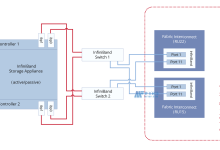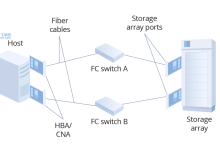linux is a kind of open source software which is favored by many software engineers and computer programmers. It has been around for more than two decades and many of its underlying principles remain unchanged. However, it continues to evolve, to meet the ever-changing needs of its users.
Linux is capable of doing a lot of things. It can be used to control servers and networks, to run complex computational tasks, to develop software and to host web sites. But one of its greatest strengths is its responsiveness when running multiple tasks in a busy environment.
In this busy environment, tasks must often be run in parallel, with each task running in its own separate “space.” This is the way the system works most efficiently, since it means that each task has its own dedicated resources, and can take advantage of them without disruption from other tasks.
The system also relies heavily on “latch waits.” A latch wait is a kind of synchronization mechanism so that the computer knows when to move on to the next task. If it cannot get a go-ahead from the next task, then it will wait for the latch to give it the “all clear” before it moves on. This process helps limit the amount of time the computer spends waiting for tasks to complete.
To make this process run smoothly, a few precautions must be taken. First, it is important to make sure that the initial requests are well-defined and that the latch waits are not too long. This will help limit the amount of time the computer is idle between tasks.
Second, tasks must be appropriately sized and contain all of the relevant information. A task which requests more data than it needs, or which contains too little data, will add unnecessary overhead and reduce efficiency.
Finally, the system must be carefully monitored to make sure that there are no bottlenecks or deadlocks, where one task is waiting for another to complete before it can continue, but the other task is itself waiting for the first to complete before it can begin. By monitoring the system, such problems can be identified and solved before they become an issue.
Even when running multiple tasks in a busy environment, Linux does an amazing job of keeping everything going and responding quickly. With the right resources and proper oversight, it can ensure that time isn’t wasted in idle waiting and deadlocks. Through its hard work and vigilance, Linux proves that multitasking in a busy environment doesn’t have to be an overwhelming task.

 国外主机测评 - 国外VPS,国外服务器,国外云服务器,测评及优惠码
国外主机测评 - 国外VPS,国外服务器,国外云服务器,测评及优惠码












